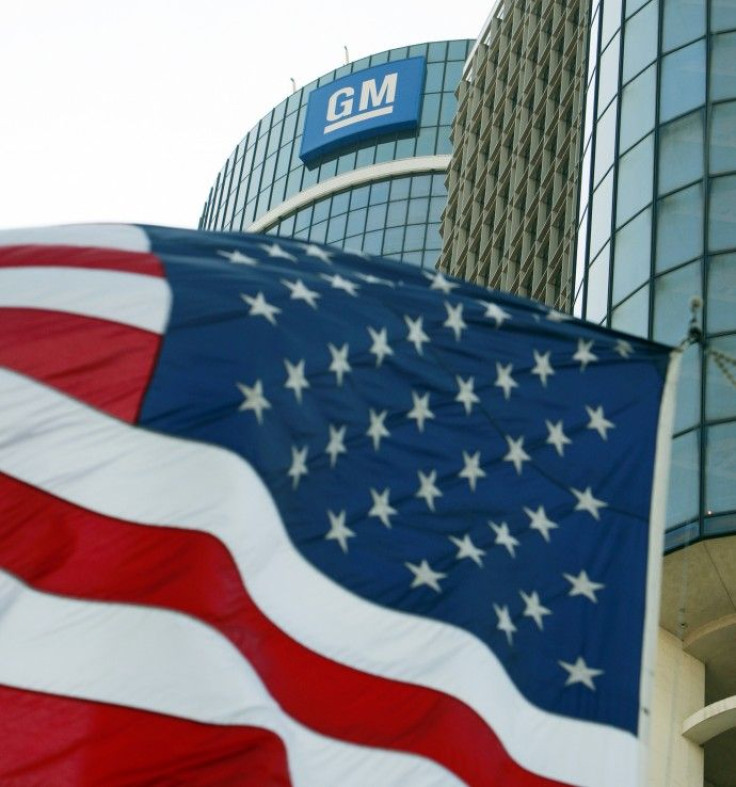General Motors Earnings Preview 2Q 2012: Opel Drags Margins, And EPS Down

General Motors Company (NYSE: GM) is expected to report profits down 51.7 percent for the second quarter of 2012 as it continues to slog through an uphill battle to restructure its loss-making European Opel-Vauxhall unit and to sell through high levels of North American inventory.
Earnings per share for Detroit-based General Motors are expected to be 74 cents for the second quarter, down 51.7 percent from the year before, according to Thomson-Reuters' analysts' consensus. Likewise, revenue for the nation's largest automaker is expected to fall 2 percent to $38.6 billion. The drop in earnings is expected to have outpaced the reduction in revenue because General Motors' pre-tax margin has fallen to 3.8 percent in the second quarter of 2012 from 6.5 percent the year before.
General Motors reports second quarter earnings Thursday, before the markets open.
GM's shrinking profit margins are largely the result of drag caused by its troubled European unit, Open-Vauxhall. The company is expected to lose as much as $339 million on Opel in the second quarter alone, according to a mid-July research note from Barclays. The company has been attempting to restructure aging Opel and tentatively announced that it would close its oldest factory in Bochum, Germany, in 2016, but in the short-term, GM has had to resort to shuffling around management positions to try to wring some cost savings out of the unit.
Opel produces an excess capacity of 500,000 vehicles a year, according to a mid-May report by Reuters. Excess European capacity is particularly damaging in the current economic climate where European demand and consumer confidence are depressed by the never-ending debt crisis.
Opel did reduce its European production by 11 percent, according to Barclays, but the reduction in inventory was only possible through deep discounts that further cut into profit margins. Discounts on General Motors' Opel-Vauxhall brand cars were 23 percent in the UK on average during the first quarter, compared to an industry average of 18 percent.
In a seemingly desperate bid for solvency, former Opel CEO Karl-Friedrich Stracke told German media that he hoped to increase Chinese sales for the brand by 600 percent over the course of year (a total of 30,000 cars). Stracke was pushed out of his position in early July.
General Motors' North American unit helped make up some of the difference for Europe's poor showing and posted high-single and low-double-digit sales gains each month of the second quarter. GM's second-quarter North American production was up by around 17,000 vehicles, according to Barclays, which could result in a long-term boost in revenue of $100 million, but in the short term left the company with a surplus of unsold cars on the lots. GM had a 76-day supply of vehicles during the second quarter in the U.S. as compared to an industry average of 59 days.
The second quarter also saw GM embark on a restructuring of its advertising spending as it began to consolidate its advertising, withdrew from an annual spend of $10 million in Facebook ads, suspended Super Bowl advertising and entered into a five-year partnership with British soccer team Manchester United.
General Motors Company (NYSE: GM) shares closed up 2.93 percent at $19.67 Friday.
© Copyright IBTimes 2024. All rights reserved.











